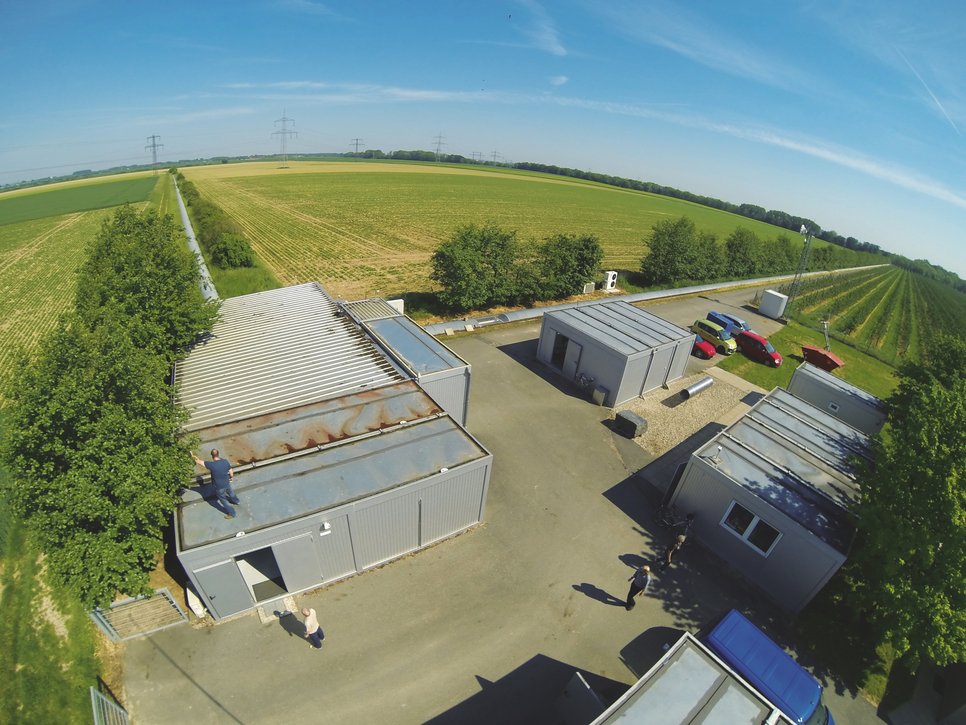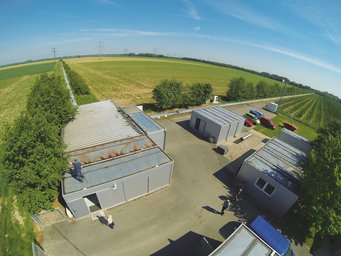GEO600 and KAGRA join forces for test observation run
The German-British detector GEO600 near Hannover, Germany, and the Japanese detector KAGRA near Hida, Japan, carried out a joint observation run. The main goals of the run called “O3GK” were to coordinate the collaboration between the detector teams and to gain experience in jointly analysing data from the two instruments.
On February 25, 2020, KAGRA began observing after completing commissioning procedures and engineering runs. The O3 run of the LIGO detectors and Virgo was suspended at the end of February. Together with GEO600, KAGRA conducted O3GK from April 7 until April 21.

GEO600 is a ground-based interferometric gravitational wave detector located near Hannover, Germany. It is designed and operated by scientists from the Max Planck Institute for Gravitational Physics and the Leibniz Universität Hannover, along with partners in the United Kingdom, and is funded by the Max Planck Society and the Science and Technology Facilities Council (STFC).
GEO600 is a key technology development center of the international gravitational-wave research community. Technologies tested in the GEO project are now used in all large gravitational-wave detectors in the world.
KAGRA is a large-scale cryogenic gravitational-wave telescope built inside the Ikenoyama mountain in Kamioka, Hida City, Gifu Prefecture, Japan under the leadership of the University of Tokyo’s Institute for Cosmic Ray Research (ICRR) with contributions from the National Astronomical Observatory of Japan (NAOJ) and the High Energy Accelerator Research Organization (KEK). The construction began in 2010 and was completed in the last year.
